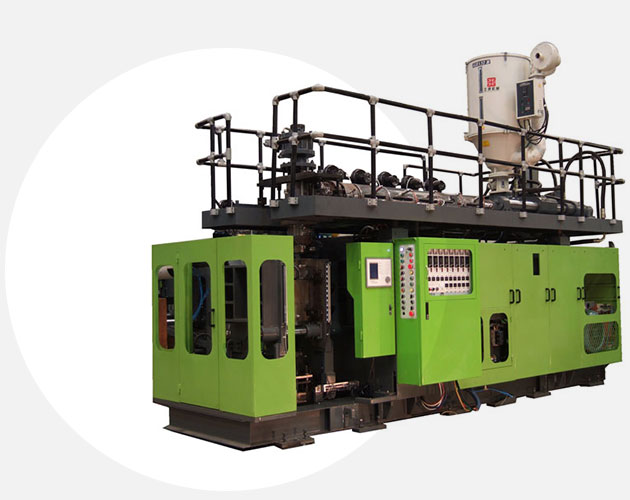

0512-56766606
Contact: Mr. Zhu
Mobile: 13506226747
Tel: 0512-56766606
Fax: 0512-56766608
Email: wd@kingswel.com.cn
Address: No. 28 Guotai north Rd,
Zhangjiagang, Jiangsu,China
Website: www.wangdaomachine.cn

Technology
3/4
of blow moulding products are manufactured by extrusion blow moulding.
The extrusion process forces the material to make a product through a
hole or die.
The extrusion blow molding process consists of five
steps: 1. Plastic embryo (extrusion of hollow plastic tube); 2. Closing
the valve mould on the embryo, clamping the mould and cutting off the
embryo; 3. Blowing the mold to the cold wall of the cavity, adjusting
the opening and maintaining a certain pressure during cooling; 4.
Opening the mould, unloading the blown parts; 5. Dressing the flying
edge to get the finished product.
Extrusion
Polymer blending is defined as a process of upgrading a polymer or polymer system by melt mixing. The mixing process ranges from the addition of single additive to the treatment of multiple additives, polymer alloys and reactive mixing culture. It is estimated that one third of polymer production in the United States goes through blending. Mixed ingredients can be customized according to the performance requirements of the final application. Mixed products have mixed properties, such as high gloss and excellent impact strength, or precision mold plasticity and good stiffness.
Mixed polymers are usually pelleted for further processing. However, industry is increasingly interested in combining blending with the next process, such as profile extrusion, so as to avoid re-heating the polymer.
blend
People use various types of melt mixing equipment, from rollers and batch mixers to single-screw and twin-screw extruders. Continuous mixing rationing (extruder) is the most commonly used equipment because it can provide products of the same quality and reduce operating costs. There are two types of mixing: distributed mixtures can be evenly distributed without high shear stress. Such mixtures are called extensional mixing or laminar mixing.
Decentralized mixing is also called strong mixing, in which high shear stress is applied to break cohesive solids. For example, when the additive mass is broken, the actual particle size becomes smaller.
Mixing operations often require two types of mixing in one process.
Contact: Mr. Zhu
Mobile: 13506226747
Tel: 0512-56766606
Fax: 0512-56766608
Email: wd@kingswel.com.cn
Address: No. 28 Guotai north Rd, Zhangjiagang, Jiangsu,China
Website: www.wangdaomachine.cn
| QR Code |
|
